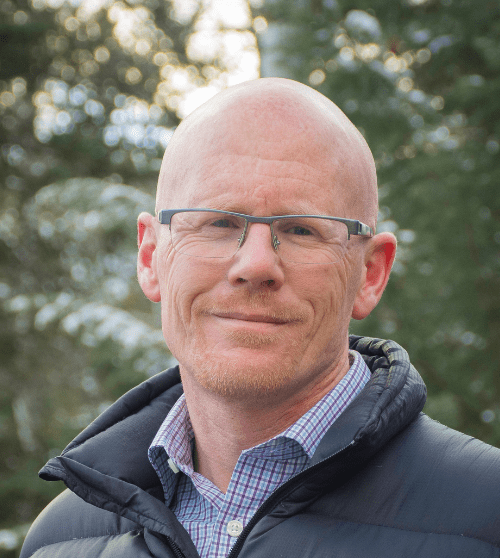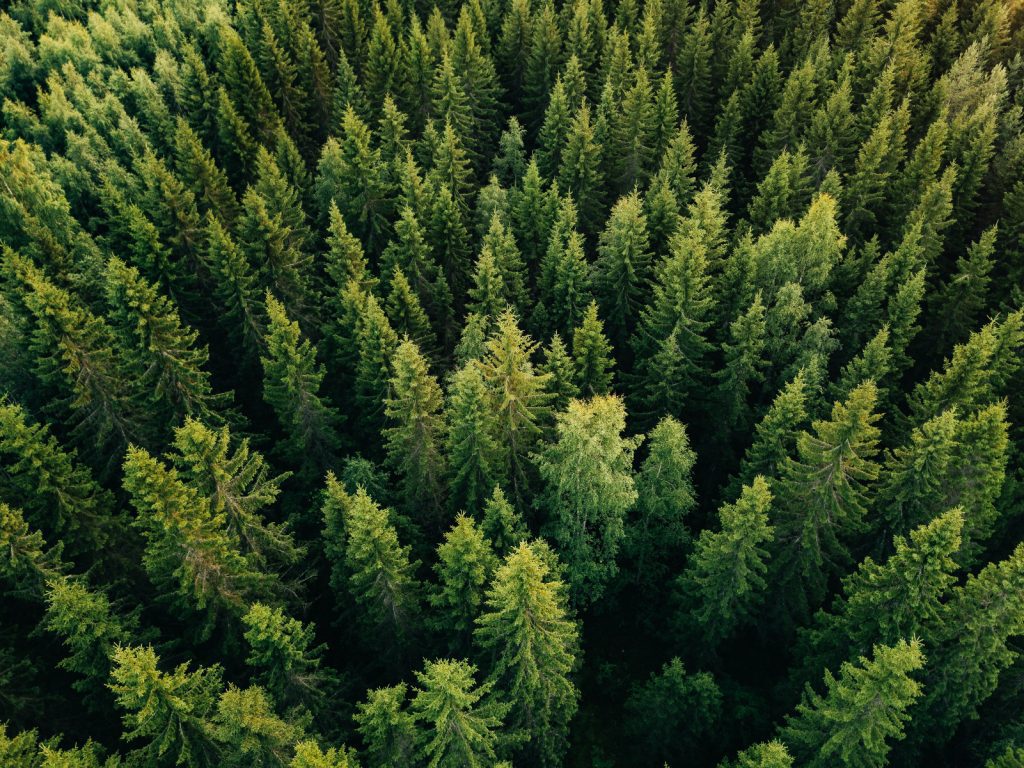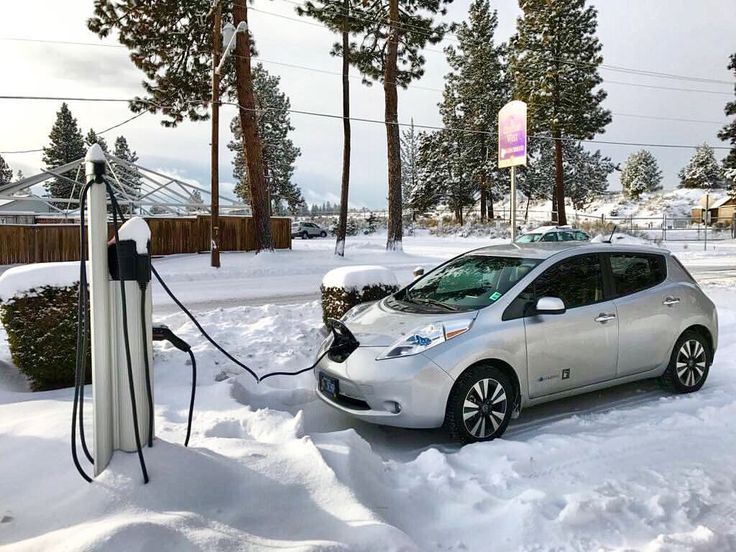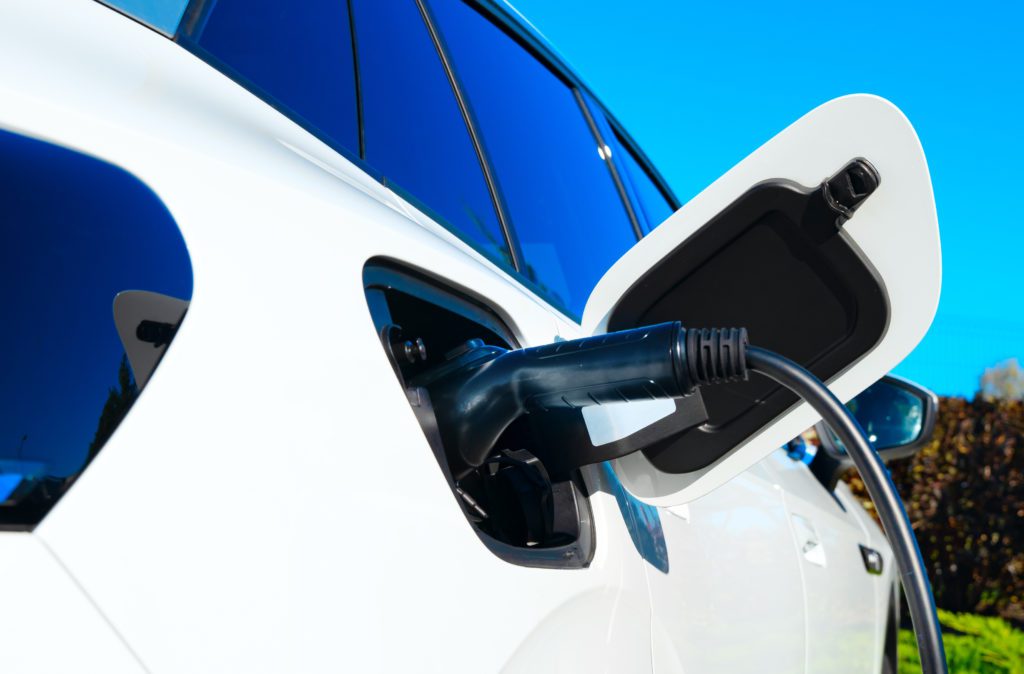Why Alberta’s Pipeline Dreams Don’t Match Market Reality
You can’t transition to the future if you’re living in the past.
Premier Smith is living squarely in an Alberta that barely exists today. Her signature policy is that a new pipeline transporting crude oil, natural gas, or any other petroleum product to “tidewater” or “market” will solve all of Alberta’s and, therefore, Canada’s problems.
We’ve heard this idea before‒many, many times. For decades, Alberta’s Premiers of both political leanings have bet the farm on building a pipeline – lots of pipelines, preferably from the gas fields along the eastern slopes of the Rockies, such as the Duvenay and Montney, or from the tar sands east to New Brunswick or west through BC.
Never Enough Pipelines
Alberta’s track record of building pipelines over the last decade or more isn’t excellent. Of the five major pipelines proposed from Alberta over the past twenty years, three were either defeated by political pressure or scrapped because they were deemed too expensive to build and operate.
The exception to this would be the Trans Mountain pipeline, which once completed doubled the existing pipeline’s capacity from 300K to 890K barrels per day.pipeline. This pipeline was only built because the Trudeau government purchased it from Kinder Morgan, preventing the company from facing a significant financial loss. The final bill was around $38 billion (About $ 1,000 per Canadian) for the purchase and completion of the project, and was a whopping 700 percent over budget.
What Market, Exactly, Do You Mean?
As a humble observer of politics in Alberta, I have resorted to yelling at my phone or computer whenever the news flashes a clip of the Premier saying, “We need another pipeline to get our product to market.”
“What market?” I yell, drawing troubled looks from friends and strangers alike.
The reality is, there are no new markets. According to the International Energy Agency, which just ten years ago was a major booster of oil and gas, and is now warning us that the energy transition is WELL underway, and that sometime between 2028 and 2032, the world’s demand for oil and gas will peak, and start to decline by around one or two per cent a year.
Our oil is carbon-intensive and very expensive. When refineries are making choices about which products will be “the last barrel,” it seems unlikely it will be Alberta’s.
As part of our work examining the energy transition in Alberta, Environmental Defence has investigated all the possible major new markets for crude oil. Europe? So far into transition, there’s no way. The United States? Already takes ninety-seven per cent of our exported oil, and now wants to be energy independent. China? They have reached their peak in domestic oil consumption. They are taking a few hundred thousand more barrels, thanks to the completed TMX (the rest is going to the US; so much for market diversification), but they are unlikely to buy more. China is the world’s fastest-growing producer of renewable energy, outpacing the rest of the world 10:1.
Japan, South Korea, and the rest of Southeast Asia? There is still a small market for LNG, but not for more crude oil.
India? That’s the one place that might want more of our heavy crude. India has refineries for heavy oil, a rapidly growing middle class, and a massive appetite for western-style industrial development. However, they already obtain most of their oil from Russia, Saudi Arabia, and other Gulf states. We could sell India a few hundred thousand barrels of crude for a few years. However, India is now the third-fastest-growing developer of solar energy, so it is likely that renewable energy will eventually eclipse conventional fuels.
How Long, How Much?
Premier Danielle Smith dismisses all of these arguments with a wave of the hand. If we build it, they will come, right? Nope.
Worse, if you build another pipeline, it will take at least ten years and cost $50 billion, or more.
This is a crazy investment to make, by the time the pipeline is completed, the opportunity for profit will be at zero. While there are plenty of kooky ideas out there, pipelines should be nowhere near the top of the list – instead, we are better served investing in renewable energy projects.
Read Part Two Here.









